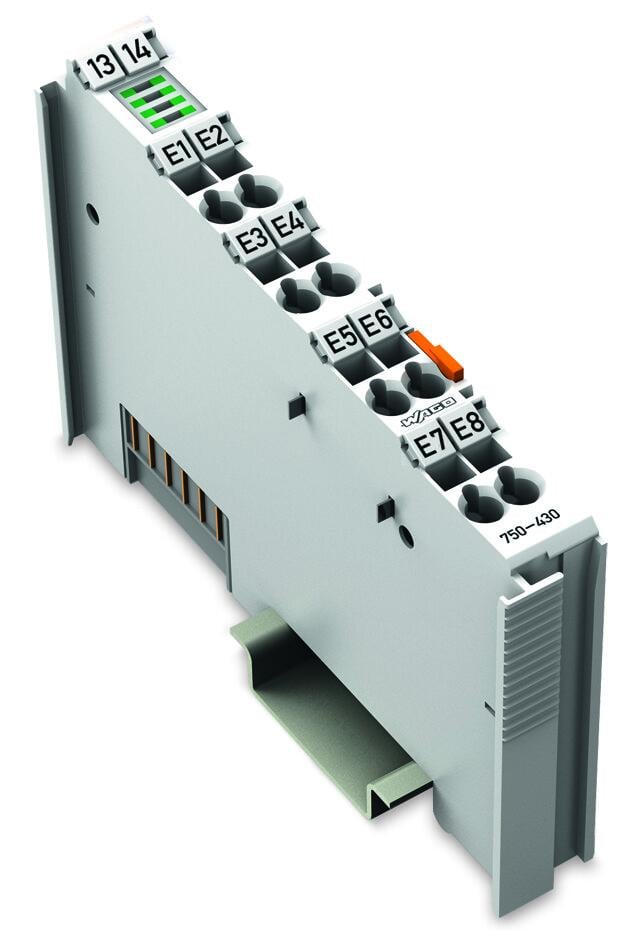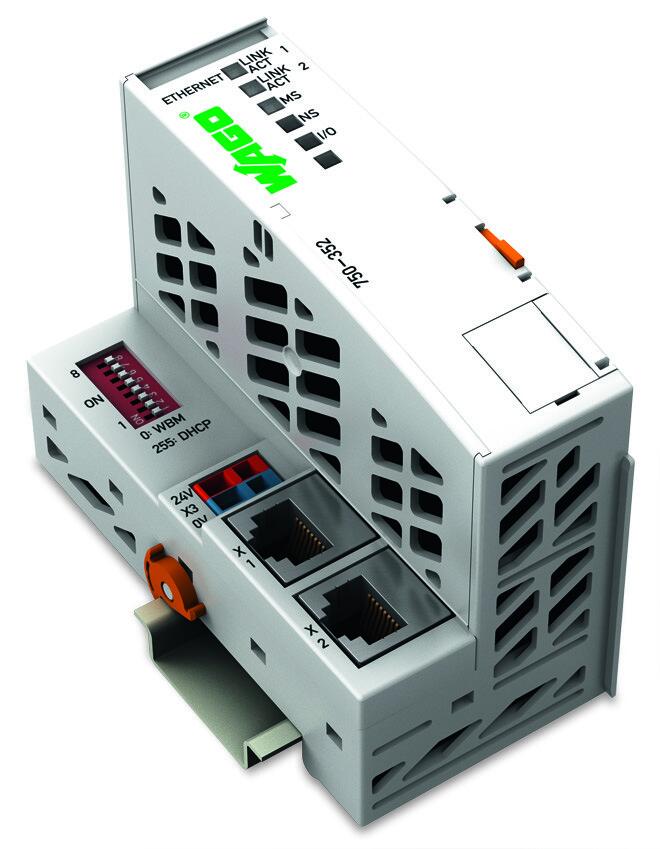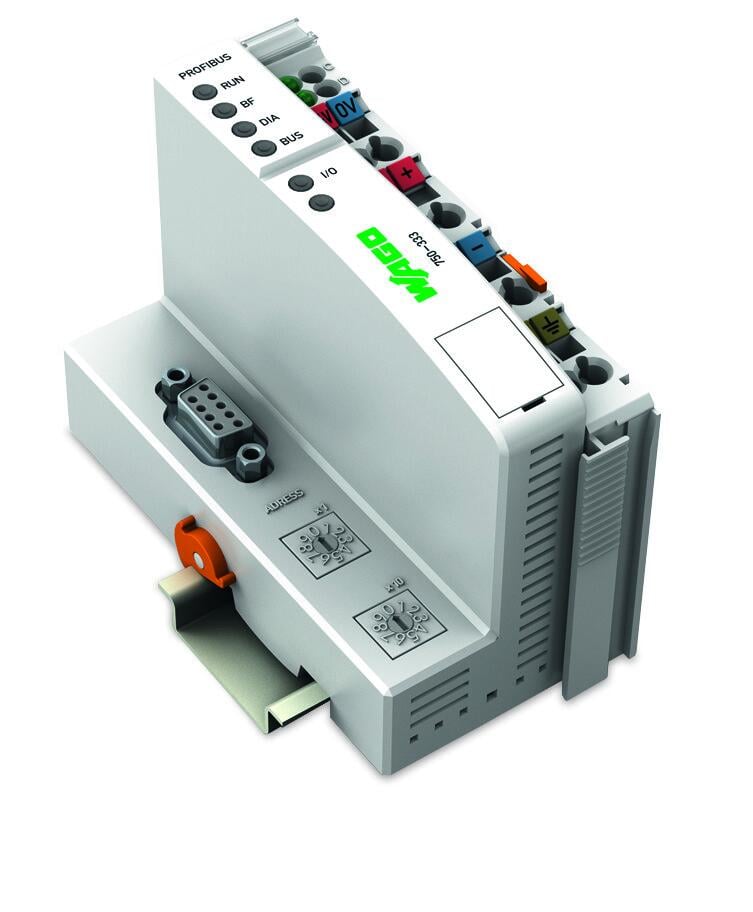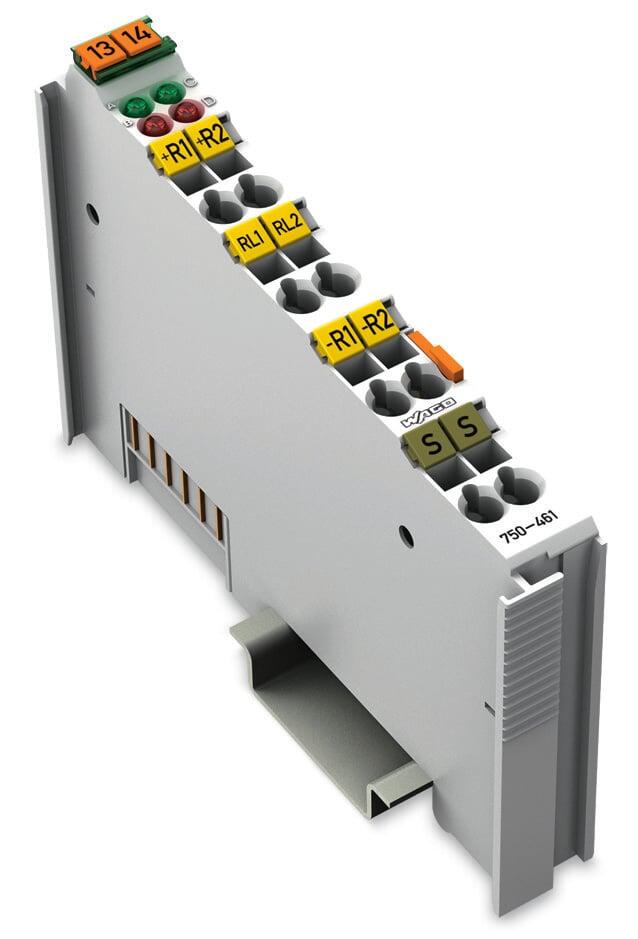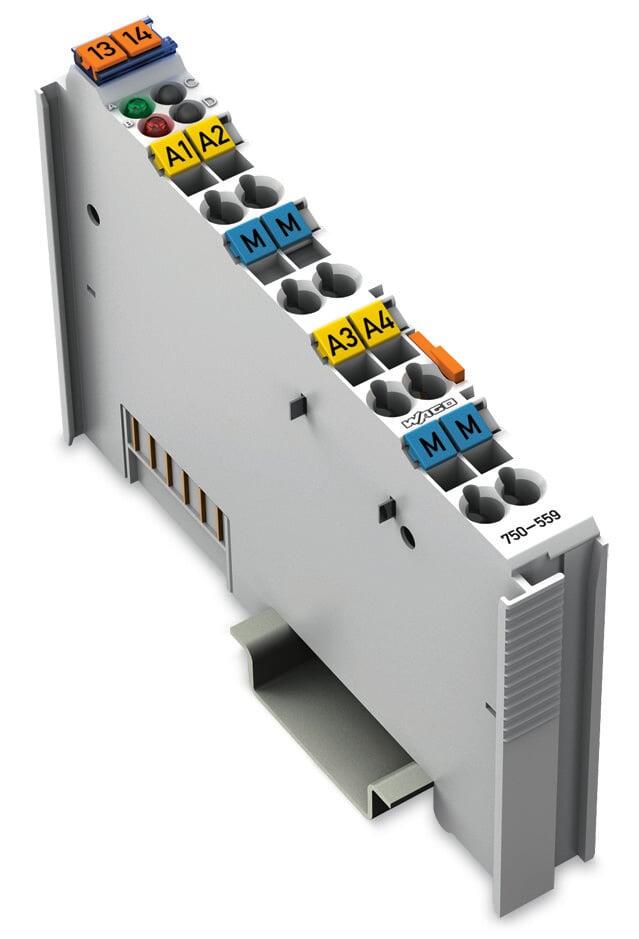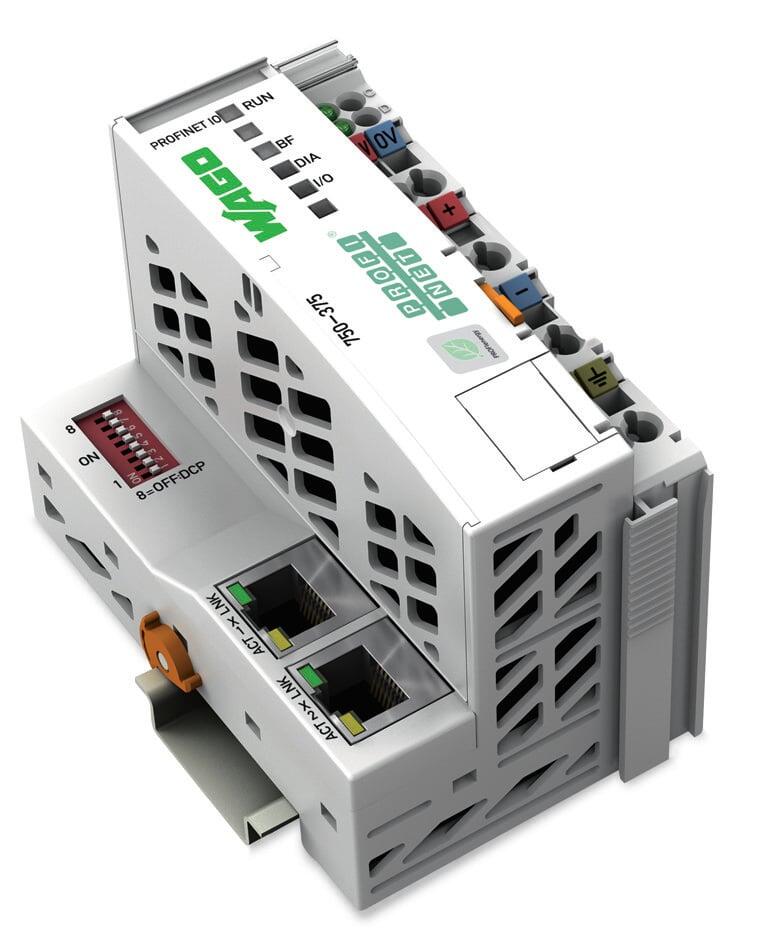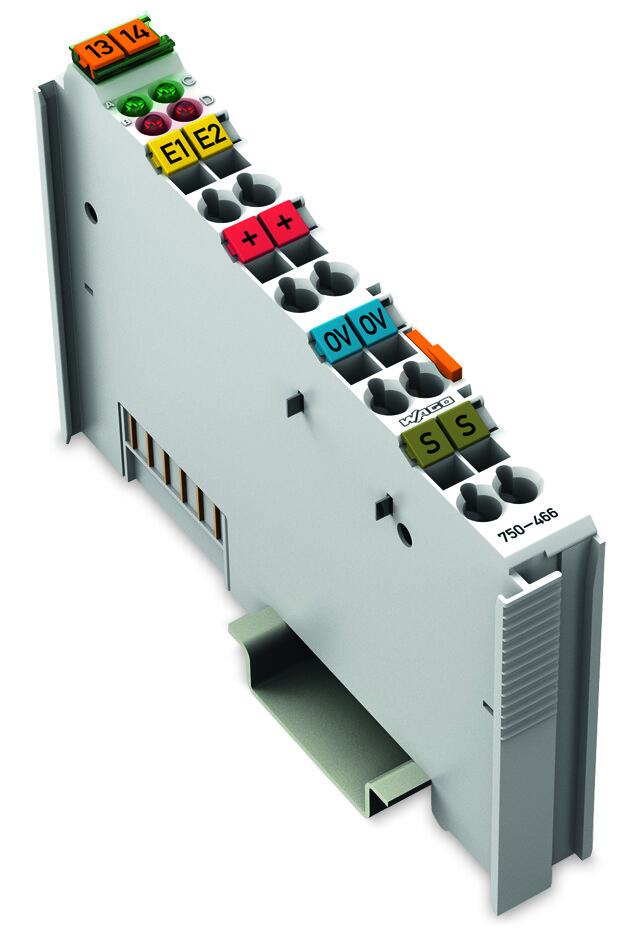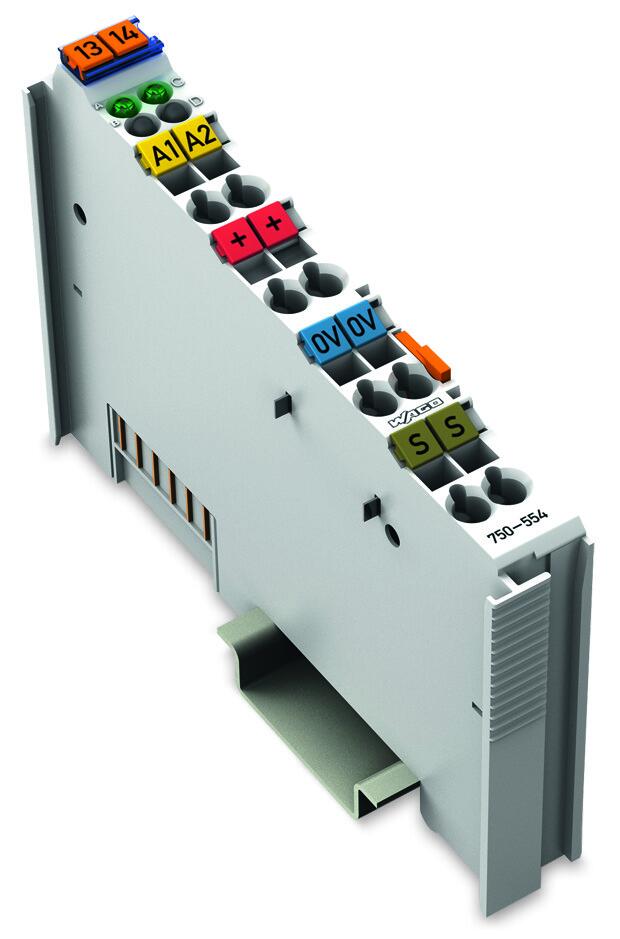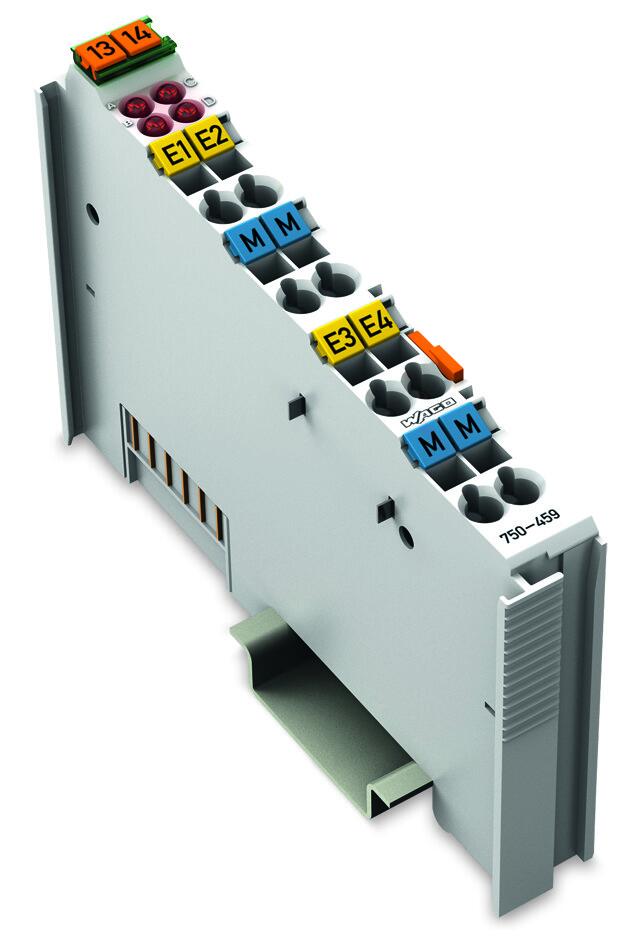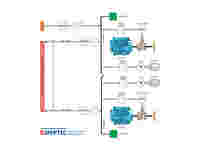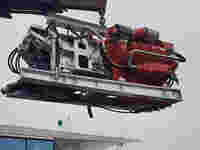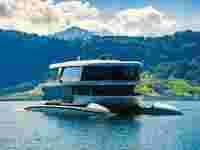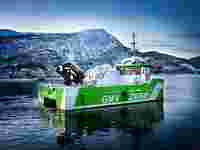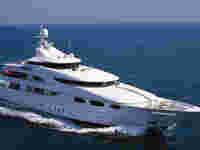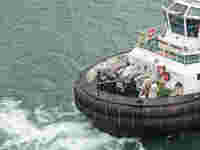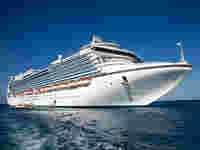The Lake is Calm and Still
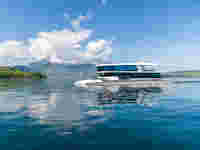
Embedded in a stunning, idyllic mountain setting, Lake Lucerne provides a traditional atmosphere with its fjord-like straights and winding inlets. Right in the middle of this beauty is a daily shipping route bearing tourists between Lucerne and other popular travel destinations, like Weggis and Bürgenstock. While it may sound less than idyllic, it actually boasts an intriguing eco-friendly twist. The MS Bürgenstock, the new motorized vessel belonging to the Lake Lucerne Navigation Company (SGV), sports a quiet and fuel-efficient hybrid drive. Aventics, a specialist of hybrid drive controls in ships headquartered in Laatzen, ensures optimum control between the electric motors and diesel engines. Several years ago, Aventics expanded their solutions by using the WAGO-I/O-SYSTEM 750.
Two years of design and construction came to fruition at the end of May: SGV’s new shuttle, the MS Bürgenstock, embarked on her maiden voyage on the lake, where she navigates the Lucerne-Kehrsiten-Bürgenstock route daily – from early morning to after midnight.
Visitors during the initial launch, who expected the typical clatter of diesel engines, were surprised by near silence instead. The catamaran, designed as a shuttle by Shiptec AG, was specifically developed to cruise the Lucerne basin in electric mode, supplied by batteries – the diesel engines are required for only half of the route as determined by the captain. According to Rudolf Stadelmann, CEO at Shiptec, “The MS Bürgenstock is a modern, innovative, and ecologically sound ‘bridge’ between Lucerne and Bürgenstock resort.” It is, however, also a fast bridge, as the ship travels at up to 35 kilometers per hour and reaches its destination in a mere 23 minutes.. Martin Einsiedler, head of Ship Design and Engineering at Shiptec, explains that the propulsion systems include two Scania diesel engines with an output of 552 kW each, and two permanently excited synchronous electric motors from Siemens, each with an output of 180 kW. “Basically, we use the diesel engines for travel outside of the harbor areas,” states Einsiedler. “The electric motors function as generators here to supply power for the ship and the system batteries. These batteries, in turn, provide the power for the electric drive and the onboard network in the Lucerne basin. Approximately 50% of the total travel time uses only the electric drive.”
